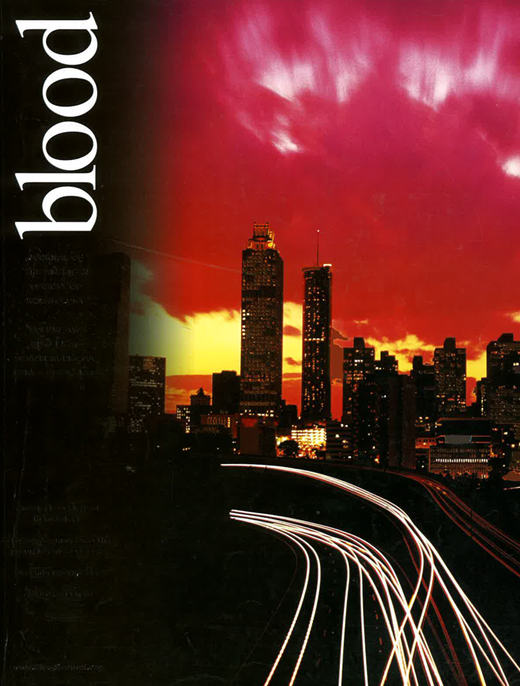Abstract
Background: Although the systemic administration of corticosteroids (2 mg/kg/day of methylprednisone [mPSL]) is the mainstay of primary treatment for acute GVHD (aGVHD), GVHD remains a major cause of non-relapse mortality (NRM) after allogeneic hematopoietic cell transplantation (HCT). In the era of reduced-intensity conditioning, lower-dose mPSL may be chosen in an attempt to retain a graft-versus-leukemia effect. However, it is not yet clear whether there is some permissible GVHD that can be treated with less systemic corticosteroids.
Patients and Methods: To clarify the optimal primary treatment for aGVHD and to identify prognostic factors that can predict outcome after aGVHD, we retrospectively reviewed the data of 458 patients (median age, 47 years: range, 1–68) with hematological malignancies who underwent allogeneic HCT. Patients were conditioned with a reduced-intensity (n=249) or myeloablative regimen (n=209). Patients received BM (n=168), G-CSF-mobilized PBSC (n=256) or CB (n=34) from either an HLA-matched relative (n=214), a mismatched relative (n=56) or an unrelated volunteer (n=188). GVHD prophylaxis consisted of cyclosporine (n=397) or tacrolimus (n=61), with or without methotrexate. The median follow-up of surviving patients was 1379 days.
Results: Grade I–IV aGVHD occurred in 242 patients, and the timing was before disease progression or relapse in 236 patients (grade I, n=33; grade II, n=126; grade III, n=57; grade IV, n=20). The incidence of NRM in these 236 patients with aGVHD was 32% (grade I, 3%; grade II, 26%; grade III/IV, 53%), and 65 patients (28%) were followed without systemic corticosteroids (grade I, n=28; grade II, n=37). The remaining 171 patients (72%) received systemic corticosteroids as a primary treatment for aGVHD (mPSL equivalents ≥2 mg/kg/day, n=35; 1 mg/kg/day, n=103; 0.2–0.5 mg/kg/day, n=33). Subsequently, 62 patients were treated with an increased dose of corticosteroids, and 25 required additional treatment including a switch to tacrolimus (n=15), MMF (n=10), or ATG (n=4). While the 2-year NRM in 150 patients who achieved a complete response of GVHD manifestations was 18%, that in 86 patients who did not was 54% (p<0.0001). The 2-year NRM was higher as the dose of systemic corticosteroids as primary treatment increased, i.e. 20% for ≤0.5 mg/kg/day, 35% for 1 mg/kg/day, and 51% for ≥2 mg/kg/day (p=0.0004). The 2-year NRM in 70 patients with grade II GVHD with skin involvement alone and 19 patients with upper-GI GVHD with or without skin involvement were 20% and 19%, respectively, although 36% and 79% of the patients were treated with ≤0.5 mg/kg/day of mPSL. While the 2-year NRM in 112 patients who had liver or lower-GI involvement was 50%, that in 124 patients who did not was 15% (p<0.0001). In a multivariate analysis, liver or lower-GI involvement, GVHD onset within 14 days after HCT, older patient age, cyclosporine prophylaxis, and transplant from a donor other than an HLA-matched relative were associated with an increased risk for NRM after the development of aGVHD.
Conclusions: For Japanese patients who are known to be at low risk for aGVHD, the dose of systemic corticosteroids for primary treatment can be reduced safely when GVHD manifestation involves mainly the skin and upper GI. Although prospective studies are needed to confirm these findings, our study suggests that GVHD treatment can be tailored depending on ethnicity and transplantation procedures.
Author notes
Disclosure: No relevant conflicts of interest to declare.

